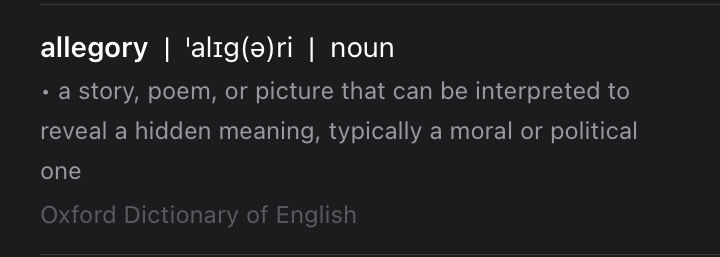
Intertextuality
- noorulfaj2216
- Dec 11, 2023
- 2 min read
Updated: Feb 27, 2024
The term "intertextuality," which was once applied only to literary texts and is thought to have come from linguistics in the early 20th century, has come to refer to all connected media. Intertextuality centralizes the idea that a text, in any form, is not always a self-contained entity but rather a heterogeneous combination of other texts. This idea was first put forth by Julia Kristeva in the 1960s. Every text is a "intertext," the site of an intersection of multiple texts and existing only through its relation to other texts. The majority of Kristeva's arguments are based on Bakhtin's concept of intertextuality.
It can be further catogerised in the following:
Parody:
Generally parodies are made to imitate another media text style or the artist itself. They're tend to be found more humorous usually animated or comicy making fun of some ones work. They don't use some ones work directly or claim ownership over it they recreate them in a funny way to appeal the audience.
The Beastie Boys’ spoof cop show titles sequence for "Sabotage" by Spike Jonze in 1994 or REMs recent news show parody ‘Bad Day’ by Tim Hope in 2003
Pastiche:
pastiche refers to pasting one text to another combining certain elements. it has a humours tone but does not mock the artist or their work like a parody. Post modern pastiche usually combines elements like clothing style or characters from the past.
From Madonna’s ‘Material Girl’ The Hollywood archetype of the sexy blonde who uses her looks to get what she wants from the 'gentlemen prefer blondes'1953. Movie
Calque:
Calque is when representation of different cultures are incorporated in texts. Blending of cultures together by clothing ,art ,language or traditions as well.
Coldplay's Hymn for the Weekend is a display of Indian culture, coupled with art and sound chimes typically heard in Indian music, even though the artist's are based in the United States.
Homage:
Homage is an imitation of an older text, mainly to pay tribute and is done as a form of respect to another text or artist. Creating a peace of art in honur of something and someone.
David Bowie’s "Look Back in Anger" directly borrows from the plot of The Picture of Dorian Gray by Oscar Wilde albeit with the protagonist and portrait's roles swapped—therefore, the video can be considered an innovative homage to the novel
Allegory:







Comments